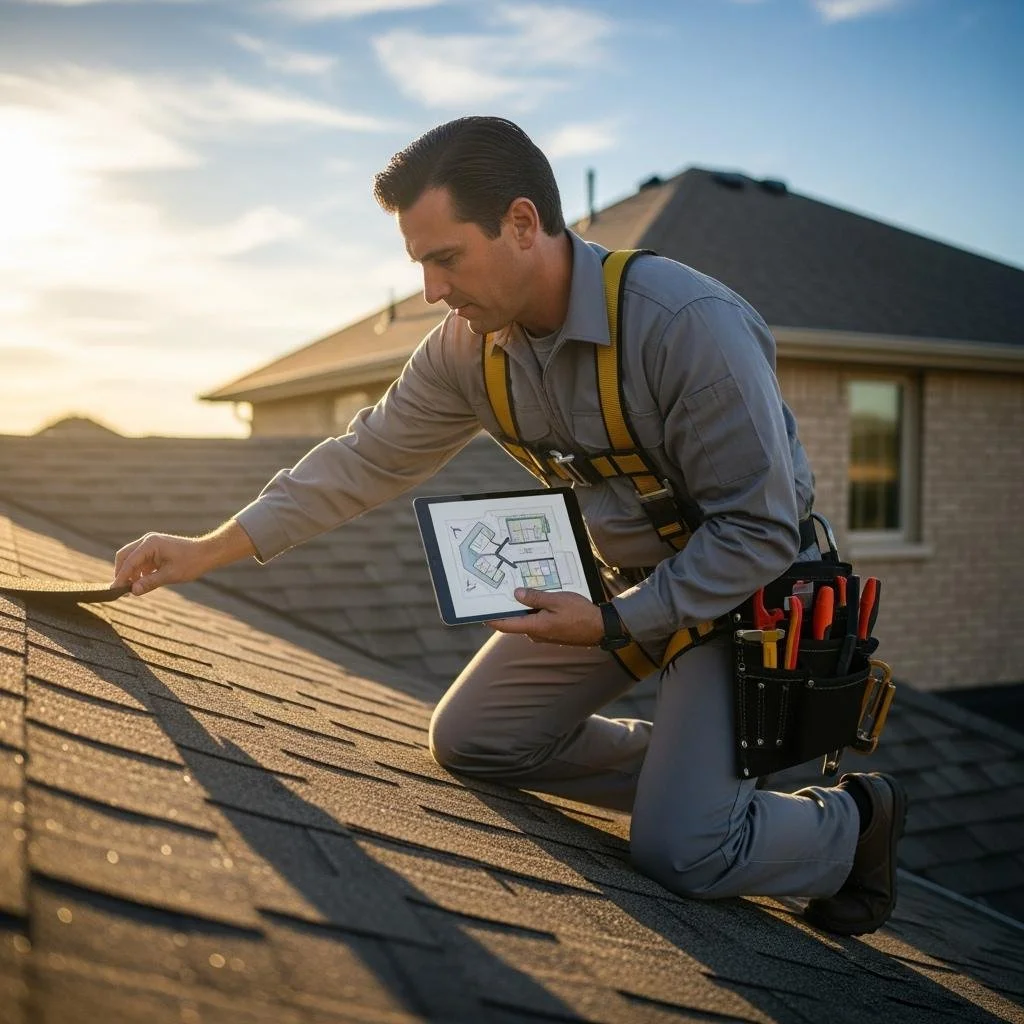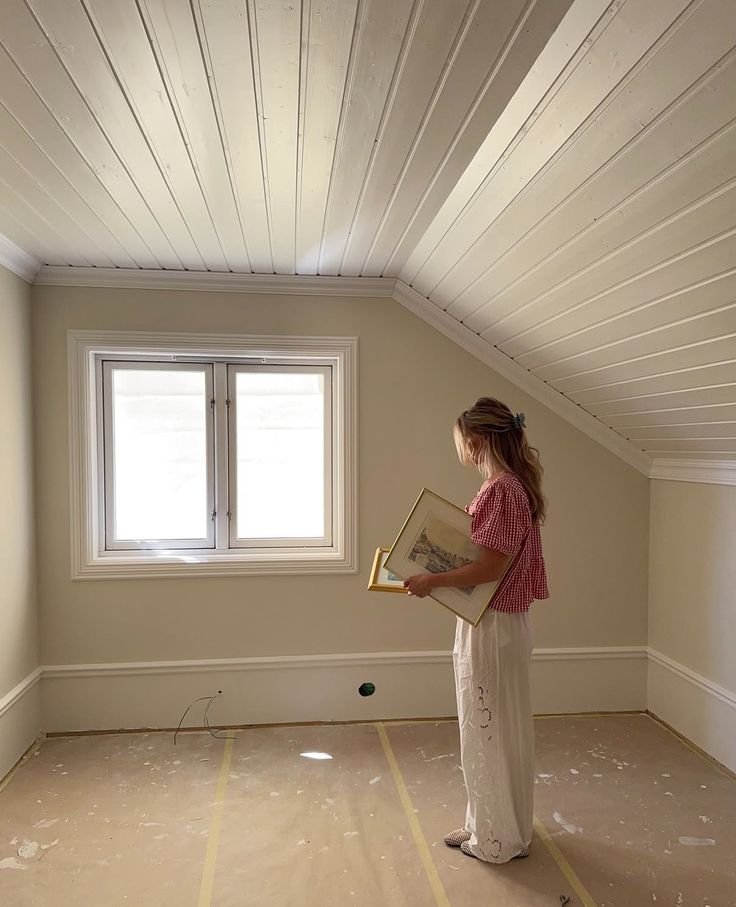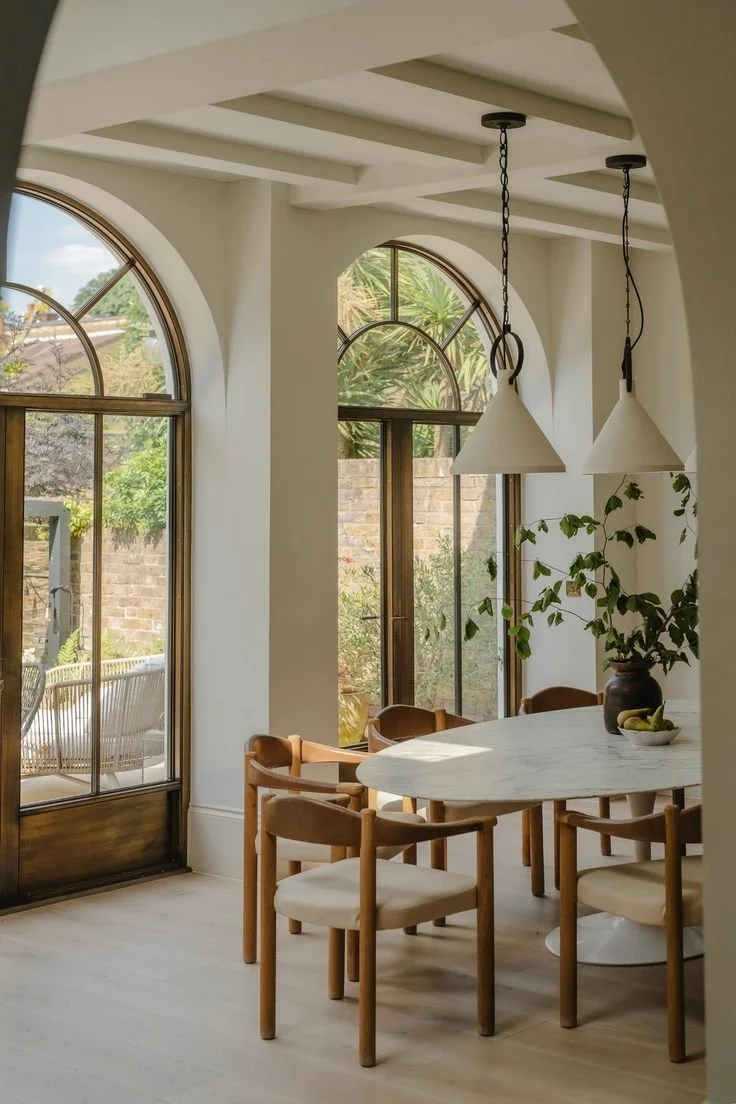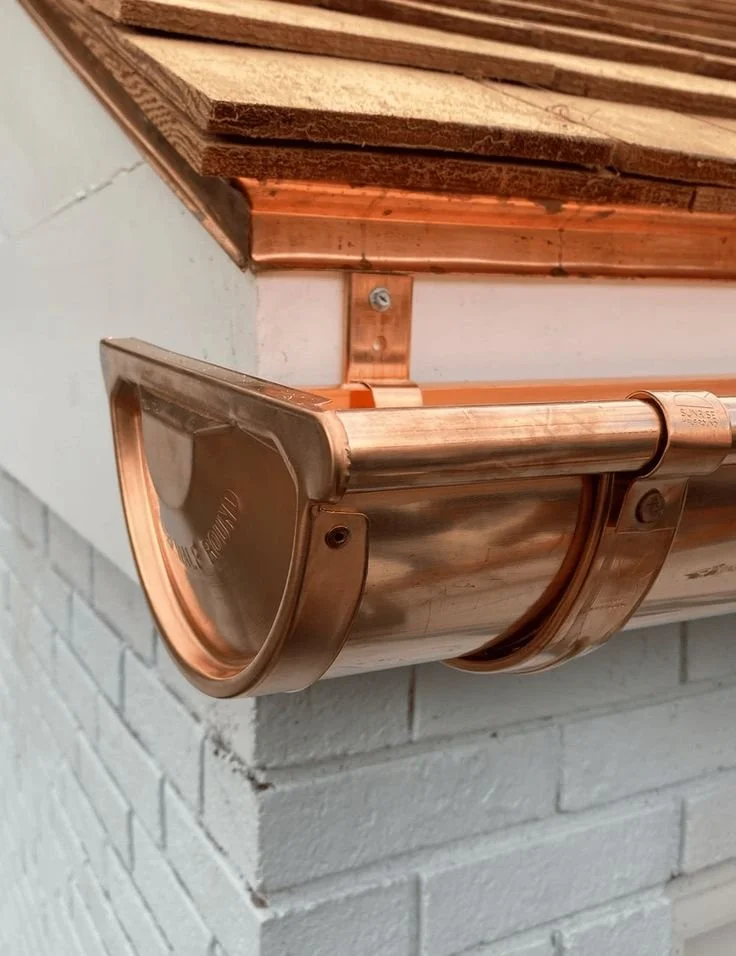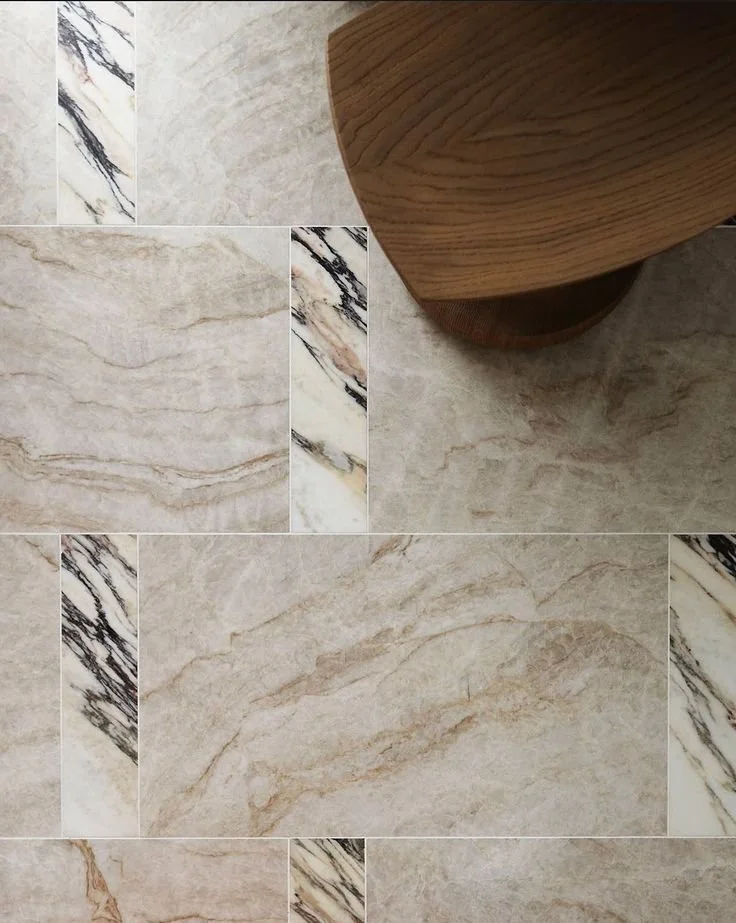6 Things A DIY Roof Inspection Won't Reveal
Performing a DIY roof inspection may seem like a cost-effective way to maintain your home, but even the most diligent homeowners can miss critical issues that lie beneath the surface. While you might easily spot missing shingles or visible damage, many deeper, more complex problems often go unnoticed without professional training and specialized tools.
In areas like Englewood, FL, where intense sun, high humidity, and seasonal storms are common, these hidden issues can escalate quickly—compromising your roof’s integrity and your home’s safety. That’s why hiring a professional roofing contractor in Englewood, FL, is essential for a thorough and accurate assessment of your roofing system.
In this article, we share six significant problems that a DIY roof inspection is likely to miss—each of which can lead to costly repairs or serious structural damage if left unaddressed.
No. 1
Moisture Trapped Beneath the Surface
One of the most dangerous and commonly overlooked issues during a DIY inspection is hidden moisture. Water can seep beneath shingles and underlayment, accumulating in the decking or insulation layers.
Without specialized tools like thermal imaging cameras or moisture meters, detecting this trapped moisture is nearly impossible for the average homeowner. Over time, it can lead to:
Mold and mildew growth
Wood rot
Insulation damage
Structural decay
These issues can significantly reduce your roof’s lifespan and compromise your home’s air quality and safety.
No. 2
Structural Weaknesses
DIY inspections tend to focus on surface-level damage, often ignoring the underlying structure that supports the roof. However, signs such as sagging areas or uneven decking may indicate deeper problems with trusses, beams, or rafters.
These structural components are vital for bearing the roof’s weight and withstanding environmental stress. If left unchecked, structural weaknesses can result in:
Costly repairs
Roof collapse during severe weather
Compromised home safety
A professional roofer is trained to identify these warning signs and recommend timely reinforcements or repairs.
No. 3
Flashing and Sealant Failure
Flashing is the thin metal used around roof features like chimneys, vents, skylights, and valleys to prevent water intrusion. Over time, flashing and sealants can degrade due to UV exposure, temperature changes, and general wear and tear.
DIY inspections often miss subtle signs of failure, such as:
Hairline cracks
Rust or corrosion
Loose or missing flashing pieces
These vulnerabilities can allow water to penetrate your roof at its most sensitive points. A professional inspection ensures that all flashing is secure and resealed as needed to prevent leaks and water damage.
Houzz
Make your home project a reality. Find inspiration, products, and the pros to make it happen - all in one place.
No. 4
Poor Ventilation Systems
Proper roof ventilation is essential for regulating attic temperature and moisture levels. Without it, hot, humid air can become trapped, leading to:
Mold growth
Shingle deterioration
Warped decking
DIY inspections rarely assess the effectiveness of ventilation systems, which may include soffit vents, ridge vents, and exhaust fans. A qualified roofing contractor will evaluate your attic’s airflow and recommend improvements if necessary to ensure your roof remains healthy and efficient.
No. 5
Hidden Shingle Damage
While missing or curled shingles are easy to spot, more subtle signs of damage often go unnoticed during a DIY inspection. These include:
Granule loss
Blistering
Hairline cracks
Early signs of UV degradation
Such damage may not cause immediate leaks but can significantly reduce your roof’s protective capabilities over time. A professional roofer can accurately assess the condition of your shingles and suggest replacements before minor issues become major problems.
No. 6
Early Signs of Pest Intrusion
Tiny gaps around flashing, vents, and soffits may seem insignificant, but they can serve as entry points for pests like squirrels, birds, and insects.
DIY inspections often overlook these small vulnerabilities, which can lead to:
Chewed insulation
Damaged wiring
Compromised wooden supports
Professional roofing contractors are trained to spot early signs of pest activity and can recommend sealing or preventative measures to protect your home from future infestations.
Takeaways
While a DIY roof inspection can help you spot obvious issues, it simply doesn’t offer the depth and accuracy of a professional evaluation. Hidden moisture, structural weaknesses, ventilation inefficiencies, and other subtle problems require trained eyes and specialized tools to detect.
By hiring a certified roofing contractor in Englewood, FL, homeowners can gain peace of mind knowing their roof has been thoroughly inspected and any vulnerabilities addressed before they escalate. In a region where weather conditions can accelerate roof deterioration, professional inspections are not just recommended—they’re essential.
Investing in a comprehensive roof inspection today can save you from costly repairs and ensure your home remains safe, secure, and protected for years to come.
Looking for Home resources?
Looking to enhance your living space and create a sanctuary that supports your well-being? Explore our home partners who offer a wide range of resources to elevate your home environment.
